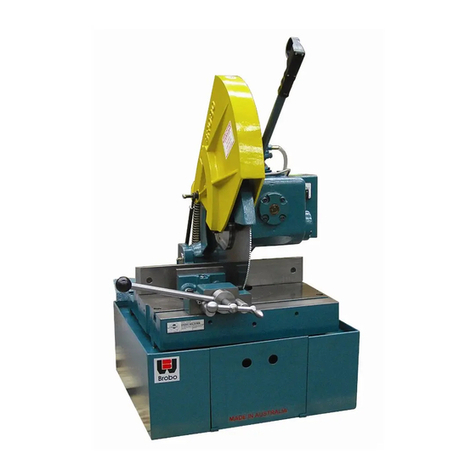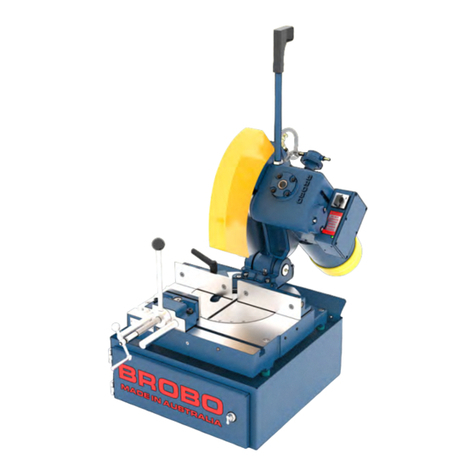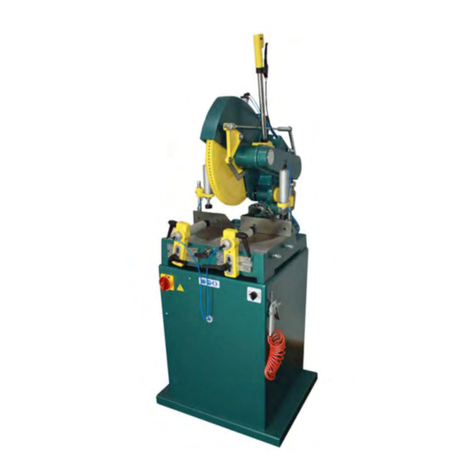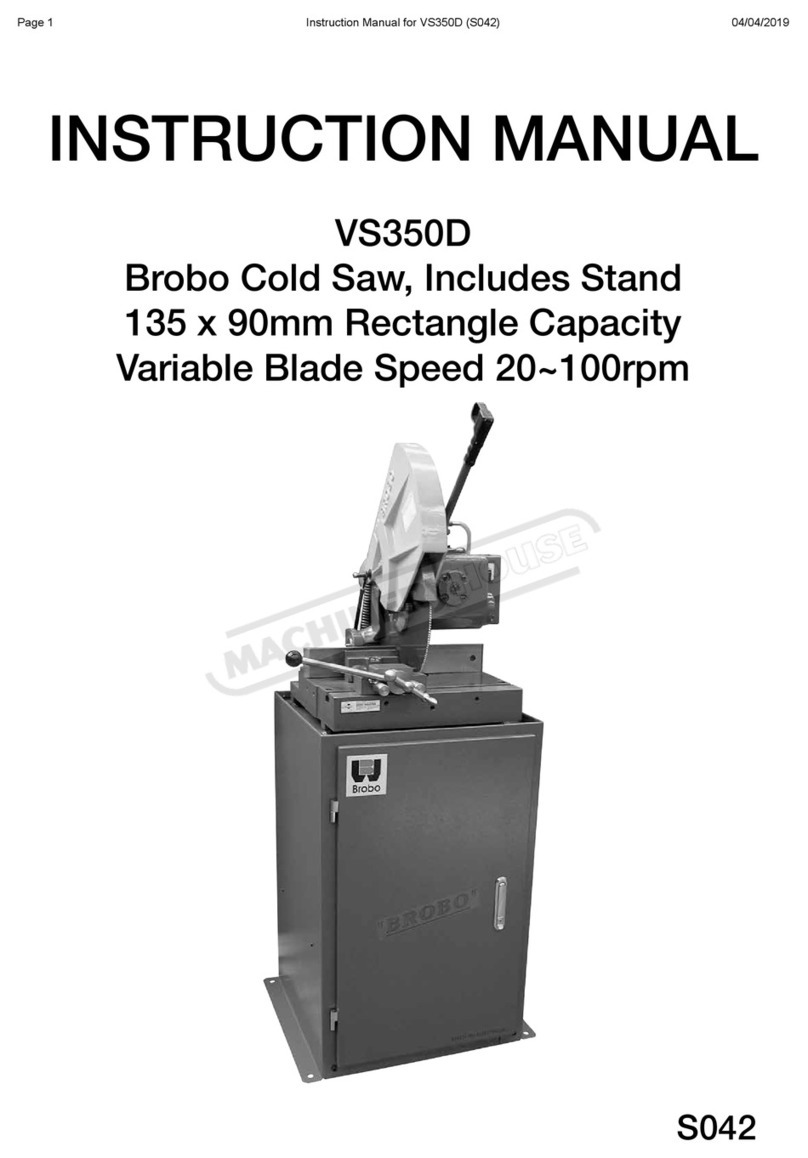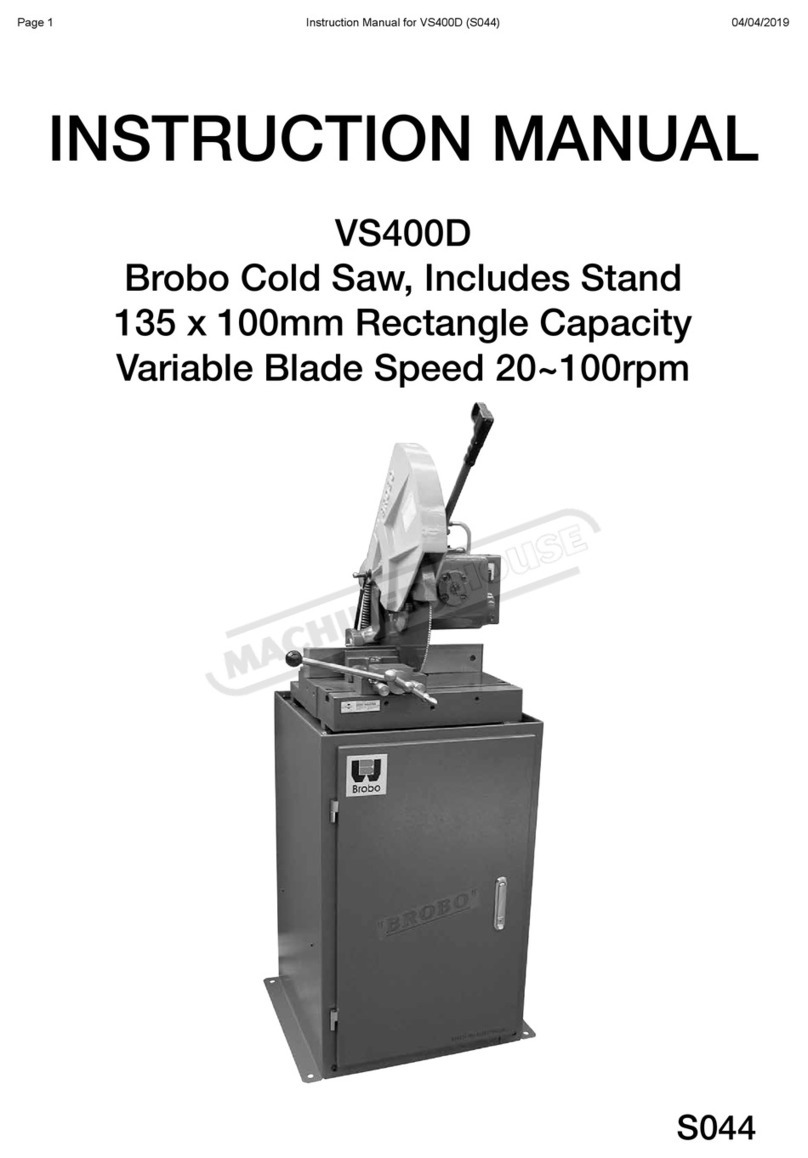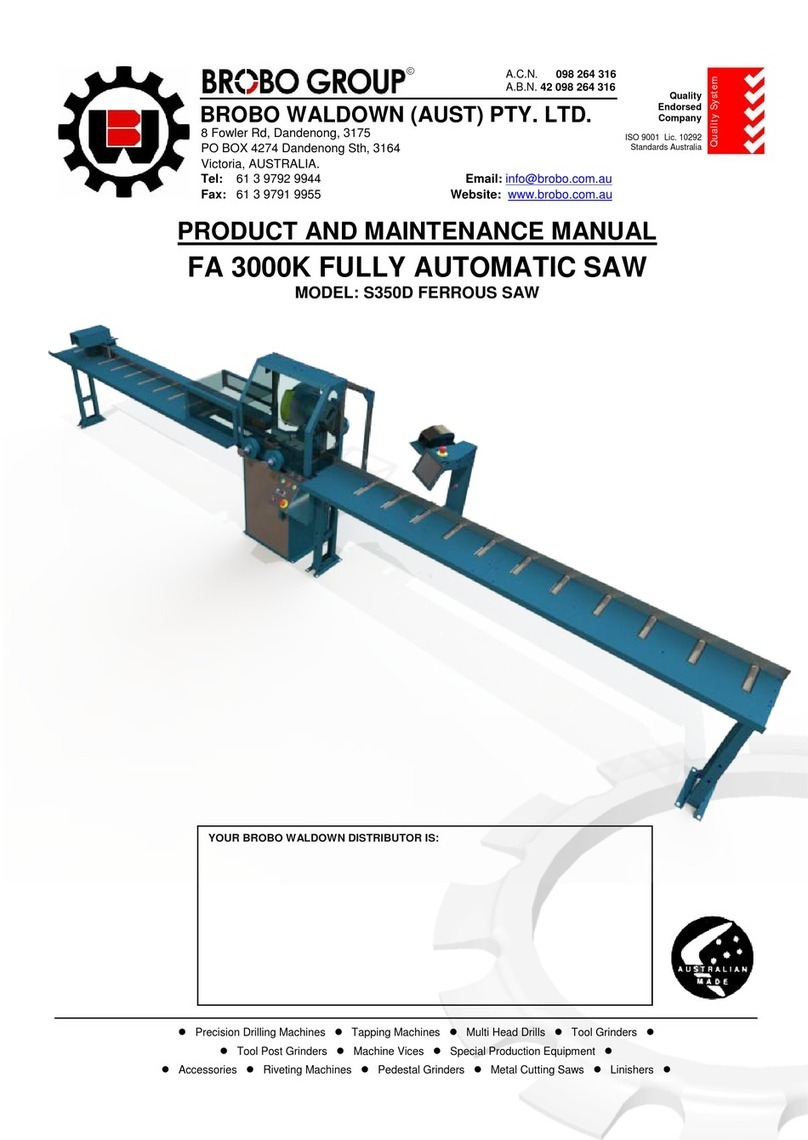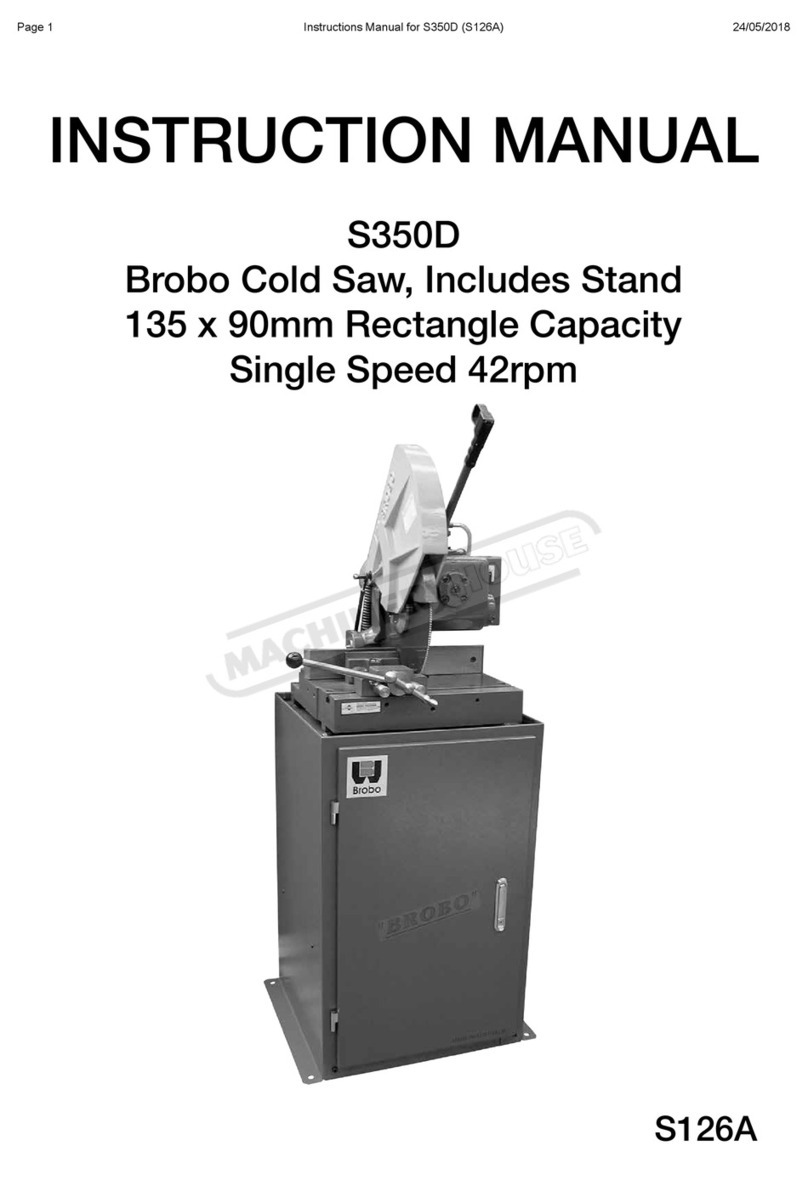INDEX
1. INTRODUCTION ............................................................................................................................... 2
2. SAFETY APPLICATIONS..................................................................................................................... 3
2.1 DESCRIPTION OF THE SYMBOLS USED IN THE INSTRUCTION ................................................. 3
2.2 SAFETY INSTRUCTIONS ............................................................................................................ 4
3. PRODUCT DESCRIPTION .................................................................................................................. 6
3.1 GENERAL VIEW ........................................................................................................................ 6
3.2 TECHNICAL DESCRIPTION ........................................................................................................ 7
3.3 TECHNICAL FEATURES ............................................................................................................. 7
3.4 CUTTING DIAGRAMM.............................................................................................................. 7
4. INSTALLATION ................................................................................................................................. 8
4.1 TRANSPORTATION INSTRUCTIONS.......................................................................................... 8
4.2 REQUIRED WORKING AREA ..................................................................................................... 8
4.3 INSTALLATION SETTINGS ......................................................................................................... 9
4.4 FIRST CONNECTION ............................................................................................................... 10
5. PRINCIPLES OF WORK.................................................................................................................... 11
5.1 MAIN SETTINGS ..................................................................................................................... 11
5.1.1 MEASURE CALIBRATION ................................................................................................ 11
5.2 MACHINE CONTROL ELEMENTS ............................................................................................ 11
5.3 OPERATION OF THE MACHINE .............................................................................................. 12
6. MAINTENANCE AND THE LUBRICATION OF THE MACHINE .......................................................... 13
6.1 MAINTENANCE TABLE ........................................................................................................... 13
6.2 MAGNETIC SENSOR ............................................................................................................... 14
6.3 CHANGING THE BLADE .......................................................................................................... 15
7. PNEUMATIC ELEMENTS................................................................................................................. 16
7.1 VALVE AND CYLINDER CONTROL........................................................................................... 16
7.2 COOLING SYSTEM .................................................................................................................. 17
8. TROUBLESHOOTING ...................................................................................................................... 18
8.1 ACTIONS TO BE TAKEN DURING FAILURE.............................................................................. 18
8.2 FAILURE – REASON – SOLUTION TABLE................................................................................. 18
9. CIRCUIT DIAGRAMS ....................................................................................................................... 19
9.1 PNEUMATIC CIRCUIT DIAGRAM ............................................................................................ 19
9.2 ELECTRIC CIRCUIT DIAGRAM ................................................................................................. 20
10. WARRANTY .............................................................................................................................. 22
